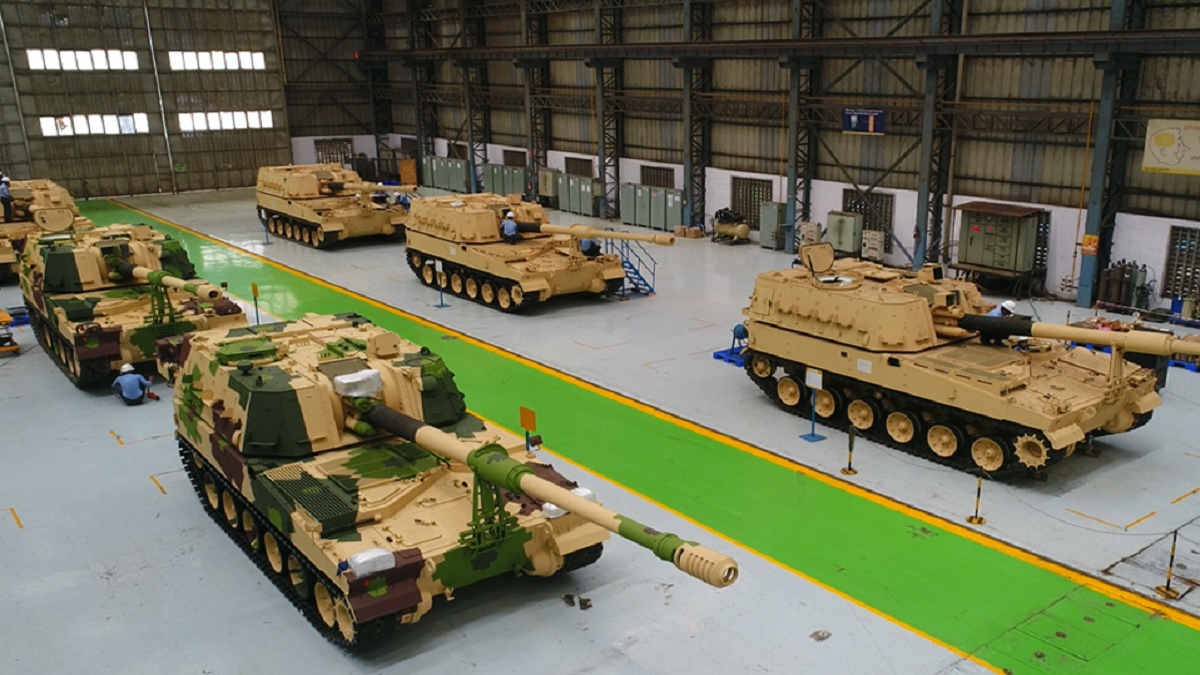Leidos’ Enduring Shield System Successfully Intercepts Drone and Cruise Missile in Major Flight Test

Leidos has made significant strides with its cutting-edge Enduring Shield ground-based weapon system, achieving a milestone in its latest flight test. The system successfully intercepted both drone and cruise missile targets, highlighting its growing role in modern warfare. This demonstration underscores its capabilities to meet the U.S. Army’s defense needs and showcases its integration with existing military technologies like the Integrated Battle Command System (IBCS) and Sentinel A3 radar.
During the flight test, the Enduring Shield system tracked and intercepted the moving targets using AIM-9X Sidewinder missiles, a versatile missile known for its ability to engage aerial threats like aircraft, drones, and even cruise missiles. This test reflects not just the system's precision but also its potential to operate in real-time combat scenarios, detecting, tracking, and neutralizing threats as they appear. The system’s use of the AIM-9X is particularly noteworthy, as this missile is usually deployed in air-to-air combat scenarios. Its application in a ground-based missile defense system opens up new avenues for defending against multiple aerial threats simultaneously.
Enduring Shield plays a crucial role within the U.S. Army’s broader Indirect Fire Protection Capability (IFPC) program, specifically in its Increment 2 phase. The IFPC aims to create a robust, layered defense system capable of shielding both military and civilian assets from indirect fire attacks, including those from drones, rockets, and cruise missiles. By bridging the gap between shorter-range defense systems like the Army’s tactical air defense and higher-end systems like Terminal High Altitude Area Defense (THAAD), Enduring Shield provides a flexible and responsive layer of protection.
The journey of this system began when Leidos secured a contract in September 2021 to develop a ground-based defense system under the IFPC Increment 2 program. The system was conceptualized to protect key infrastructure and provide essential defense capabilities in the face of evolving aerial threats. Since then, the Enduring Shield has seen a series of successful tests, with a major milestone in December 2023 when it demonstrated the ability to launch an experimental AIM-9X missile interceptor for the first time.
Leidos’ ongoing work on the Enduring Shield system represents a leap in the maturation of defense technologies. In addition to its latest achievements, the company has been working closely with the U.S. Army to conduct hardware upgrades, enhancing the overall performance and operational readiness of the system. As a result of this progress, the system is inching closer to becoming fully operational for the U.S. Army, with future developments aiming to improve its efficiency and response time.
As Leidos Vice President Dino Pusinsky noted, the successful test further highlights the company’s commitment to pushing the boundaries of modern defense capabilities. “This test marks another major step forward in evaluating the overall operational capability and lethality of the Enduring Shield system,” Pusinsky said, emphasizing how critical it is for the U.S. Army to remain ahead of adversaries.
What makes the Enduring Shield stand out is its ability to seamlessly integrate with other defense systems. For instance, its compatibility with the Integrated Battle Command System allows for real-time data sharing and decision-making across the military’s defense network, while the Sentinel A3 radar offers critical tracking and detection capabilities. This interoperability is essential for coordinating large-scale defense operations, particularly in high-stakes, multi-threat environments.
As Leidos continues its work under the latest contract with the U.S. Army, the company remains focused on showcasing the system’s full potential. According to Larry Barisciano, senior vice president at Leidos, this contract is pivotal in demonstrating how the Enduring Shield system can revolutionize warfighting capabilities. The goal is to eventually declare the system operationally ready, transforming it from a cutting-edge prototype into a fully-fledged asset for military defense.
In a world where threats continue to evolve, Leidos’ Enduring Shield system offers a glimpse into the future of missile defense, providing the U.S. military with a more robust and agile way to defend critical assets. With each successful test, the system edges closer to becoming an essential part of the U.S. Army’s defense strategy.


